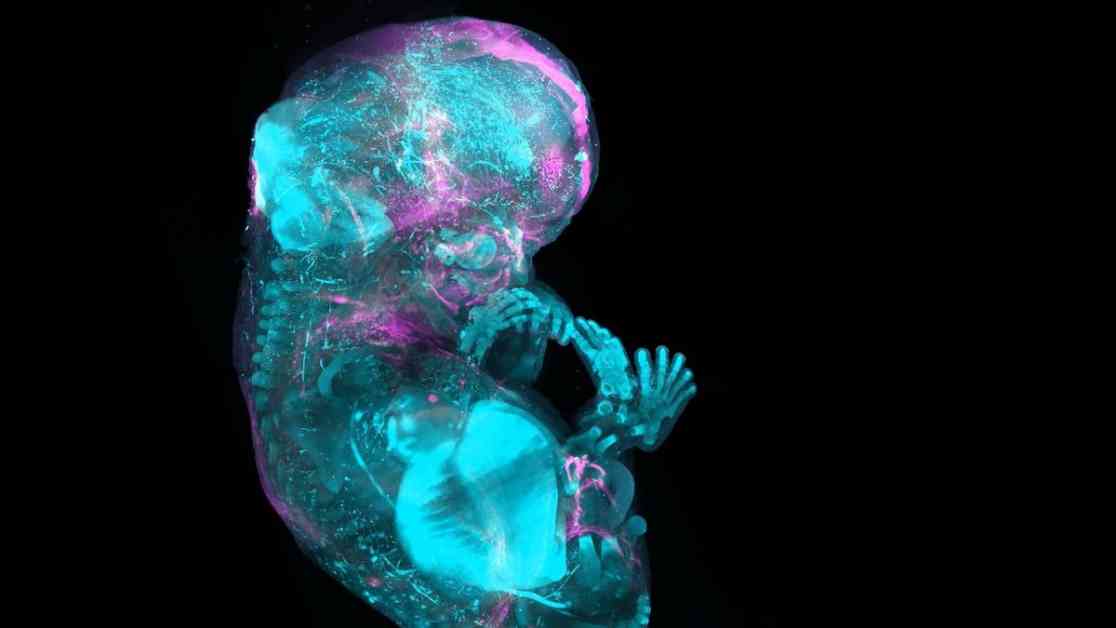Scientists have made a significant breakthrough in mapping all 37 trillion cells in the human body. The Human Cell Atlas (HCA) consortium has profiled 100 million cells from over 10,000 individuals worldwide. Their goal is to create an atlas detailing the location, identity, and function of each cell at different life stages by 2026. This groundbreaking project involves researchers from over 100 countries and aims to uncover similarities and differences in cells based on demographics and genetic backgrounds.
Recently, the HCA team released over 40 papers detailing their progress in mapping cells from various organs and organ systems, such as the lungs, brain, and skin. These papers also describe the advanced computational tools used to analyze the vast amount of data collected. The research includes a detailed map of the digestive tract, highlighting differences in cell types between healthy individuals and those with gastrointestinal conditions like ulcerative colitis and Crohn’s disease.
Additionally, the researchers explored early human development, focusing on how the placenta forms and the skeleton develops in the first trimester of pregnancy. They identified new cell states involved in skull formation and investigated genes associated with craniosynostosis, a birth defect. The team also studied organoids, miniature versions of human organs grown in the lab, to better understand organ development and disease processes.
The HCA papers provide valuable insights into human biology and have already led to new discoveries. Previous data from the consortium helped identify tissues vulnerable to COVID-19 and uncovered a new cell type in the human lung that may impact cystic fibrosis. These findings have the potential to inspire further research into different species and rare diseases, opening up new avenues for exploration.
Overall, the Human Cell Atlas project represents a major advancement in our understanding of the human body. By creating detailed maps of cells and organs, researchers hope to uncover new insights into health, disease, and potential treatment options. The atlas not only serves as a valuable resource for scientists but also offers a glimpse into the complexity and diversity of the human body.










